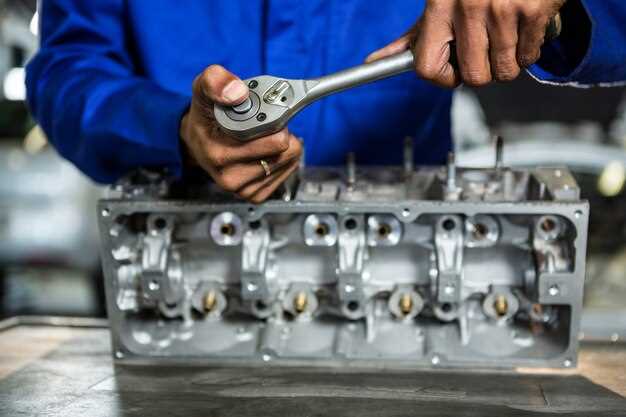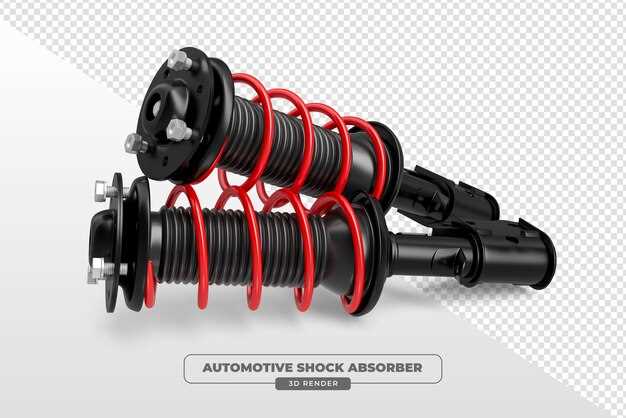
Regular maintenance is essential for the optimal performance of your BMW, and one of the key components to focus on is the spark plugs. These small but crucial parts play a significant role in the ignition process, ensuring that your engine runs smoothly and efficiently. Over time, spark plugs can wear down, leading to poor fuel economy, increased emissions, and engine misfires. This guide will walk you through the process of replacing spark plugs in your BMW, step by step.
Following a precise service routine for your BMW not only enhances engine performance but also extends the lifespan of your vehicle. By understanding how to properly replace the spark plugs, you can ensure that your engine remains in peak condition. This article provides detailed instructions, necessary tools, and tips for a successful replacement, allowing both DIY enthusiasts and beginners to tackle this essential maintenance task with confidence.
With the correct information and guidance, replacing your BMW’s spark plugs can be a straightforward and rewarding process. Let’s delve into the necessary steps to ensure your engine fires up with renewed vigor.
Identifying the Right Spark Plug for Your BMW Model
Choosing the correct spark plug for your BMW is essential for optimal engine performance and longevity. Each BMW model has specific requirements based on its engine design, so understanding these needs is vital. First, refer to your vehicle’s owner manual, which typically contains the manufacturer’s specifications for the spark plug type, heat range, and gap size.
Pay attention to the engine type and configuration of your BMW. Different engine variants, such as inline, V6, or V8, may require distinct spark plug models. Additionally, turbocharged engines may need specific types of spark plugs that can handle higher temperatures and pressures. Make sure to check if your model has any unique features that may affect the selection.
When selecting spark plugs, consider the material. Common materials include copper, platinum, and iridium. Copper plugs offer excellent conductivity but have a shorter lifespan. Platinum and iridium plugs are more durable and can provide better performance, making them suitable for most BMW models.
Finally, ensure that the spark plug gap matches the specifications for your engine. An incorrect gap can lead to misfires, reduced fuel efficiency, and increased emissions. Keep in mind that proper installation and regular servicing of the spark plugs will enhance your BMW’s engine performance, ensuring smooth operation and fuel efficiency.
Tools and Materials Needed for Spark Plug Replacement

Replacing the spark plugs in your BMW requires a few essential tools and materials to ensure a successful service. Having the right equipment will make the process efficient and help avoid any potential damage to your engine.
1. Socket Wrench Set: A socket wrench is crucial for removing and installing spark plugs. Ensure you have the correct size socket, typically 5/8 inch or 13/16 inch, depending on your BMW model.
2. Spark Plug Socket: This is a specialized socket designed to fit spark plugs securely and often includes a rubber insert to grip the plug. It helps prevent damage while removing and installing plugs.
3. Torque Wrench: Accurate torque is essential when installing new spark plugs. A torque wrench allows you to tighten the plugs to the manufacturer’s specified torque setting, ensuring reliable operation.
4. Ratchet Extension: An extension bar can be useful for reaching spark plugs located deep in the engine bay. It also provides better leverage, making the job easier.
5. Spark Plug Gap Tool: Properly gapping your spark plugs is critical for optimal performance. A gap tool will help you measure and adjust the distance between the electrodes to the specifications required for your engine.
6. Anti-Seize Compound: Applying a small amount of anti-seize compound on the threads of new spark plugs can prevent them from seizing in the engine over time, making future replacements easier.
7. Dielectric Grease: Using dielectric grease on the spark plug boots can improve electrical connections and help prevent moisture and corrosion.
8. Cleaning Brush: A cleaning brush can help remove any carbon buildup or debris around the spark plug area before installation, ensuring a clean environment for the new plugs.
9. Safety Gear: Don’t forget to wear safety gloves and goggles while working on your engine to protect yourself from any sharp edges or debris.
Having these tools and materials ready before you start will streamline the spark plug replacement process and help maintain your BMW’s performance. Ensure you refer to your vehicle’s manual for specific recommendations on spark plugs and installation procedures.
Step-By-Step Process to Replace BMW Spark Plugs

Replacing the spark plugs in your BMW is essential for maintaining optimal engine performance. Follow these steps for a successful service.
Step 1: Gather Tools and Materials
You will need a ratchet, spark plug socket, torque wrench, extension bar, and new spark plugs specific to your BMW model.
Step 2: Prepare the Engine
Ensure the engine is cool. Disconnect the battery to prevent any electrical issues during the replacement process.
Step 3: Remove Engine Cover
If present, take off the engine cover to access the spark plugs. This may require removing screws or bolts.
Step 4: Locate Spark Plugs
Identify the spark plug wires or coils. Depending on your model, you may need to remove the ignition coil or wire to access each spark plug.
Step 5: Remove Old Spark Plugs
Use the ratchet and spark plug socket to unscrew the old plugs. Turn counterclockwise until the plugs are free. Be cautious of debris falling into the combustion chamber.
Step 6: Inspect and Prepare New Spark Plugs
Check the new spark plugs for damage. Adjust the gap according to your BMW specifications if necessary.
Step 7: Install New Spark Plugs
Carefully place each new plug into the socket and hand-tighten it into the engine. Follow up with the torque wrench to secure them to the manufacturer’s specifications.
Step 8: Reattach Ignition Wires or Coils
Reconnect the ignition wires or coils to ensure proper firing. Make sure they are secured and connected correctly to avoid misfiring issues.
Step 9: Replace Engine Cover
If you removed an engine cover, put it back in place and secure it with screws or bolts as needed.
Step 10: Reconnect Battery and Test
Reconnect the battery and start the engine. Listen for any irregularities that could indicate a problem. The engine should run smoothly with the new spark plugs.
Following these steps will help ensure your BMW runs efficiently, maintaining its performance with properly functioning spark plugs.
